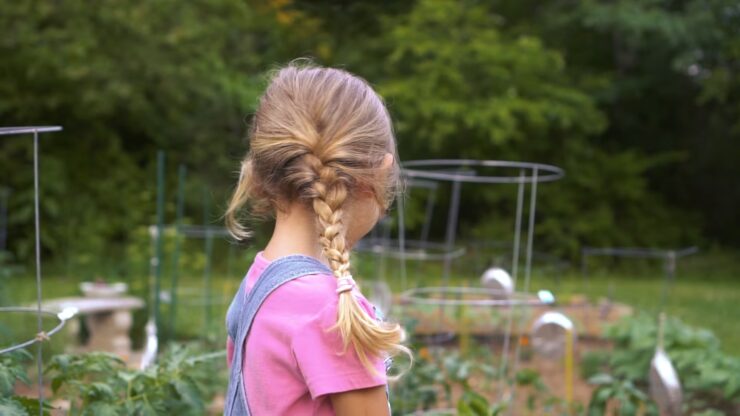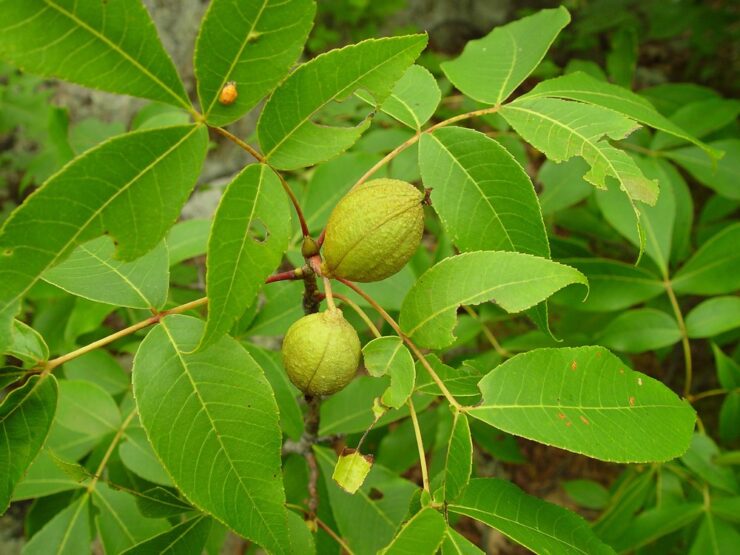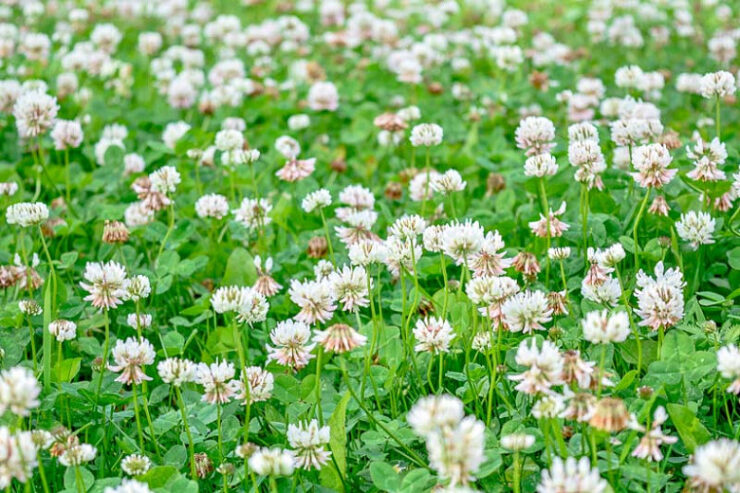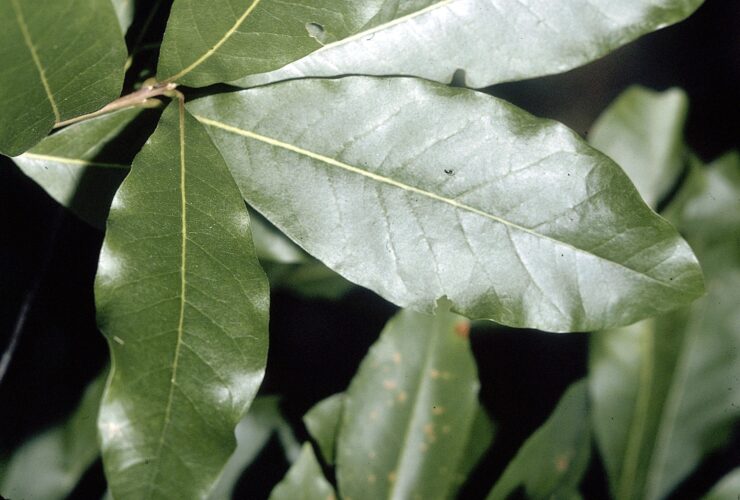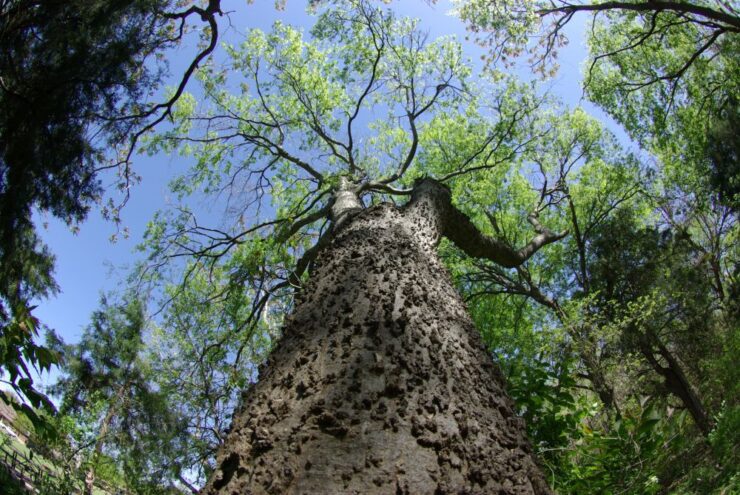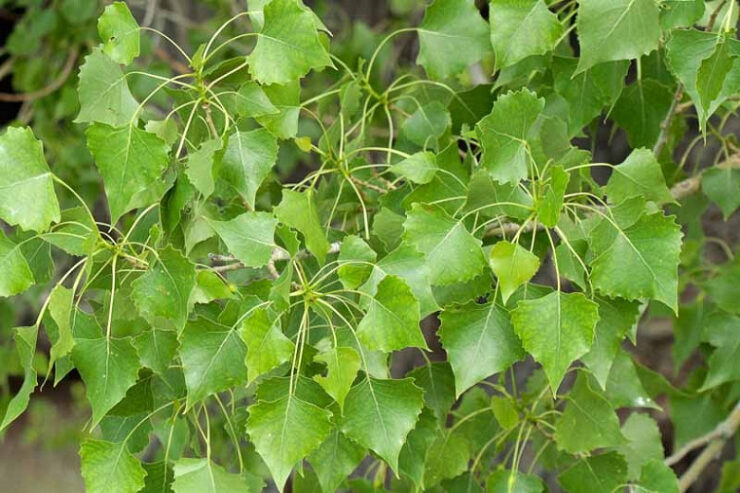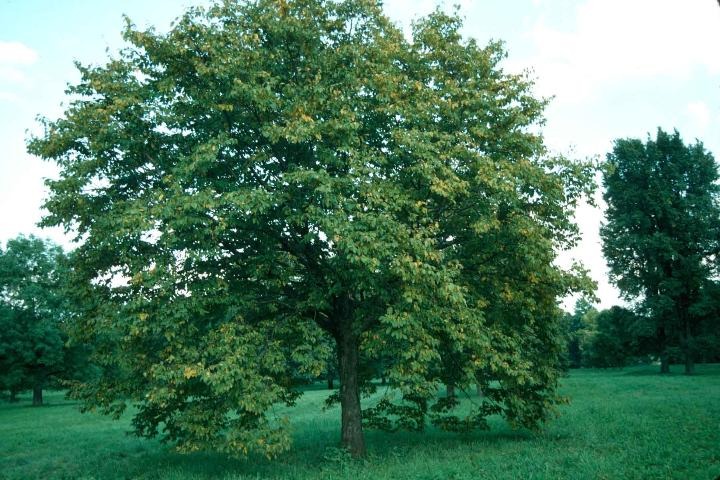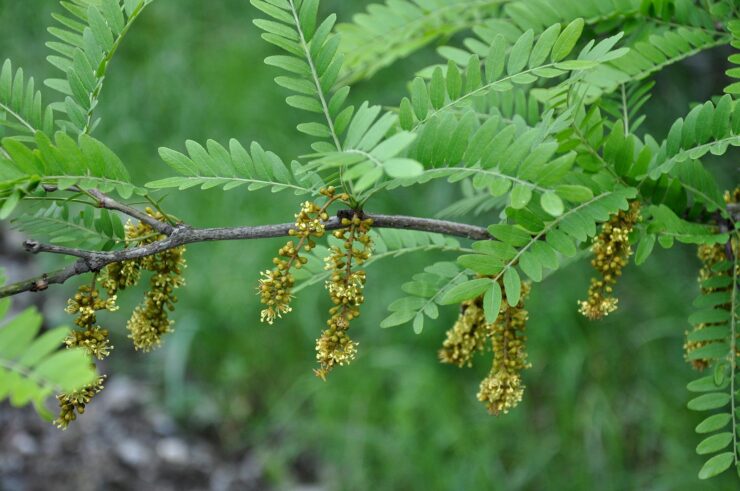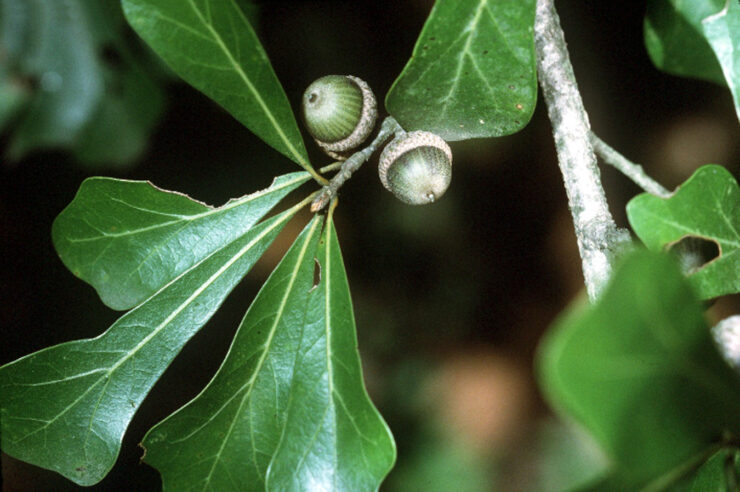Getting Kids Excited About Gardening: Fun Projects to Get Them Involved
Gardening is a great way to teach children the importance of caring for their environment, and it can be a fun activity for families. Not only can kids learn valuable lessons in responsibility with gardening, but they can also engage their creativity and have fun along the way. From planting and tending to various plants, … Read more

